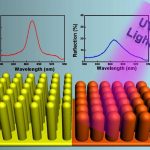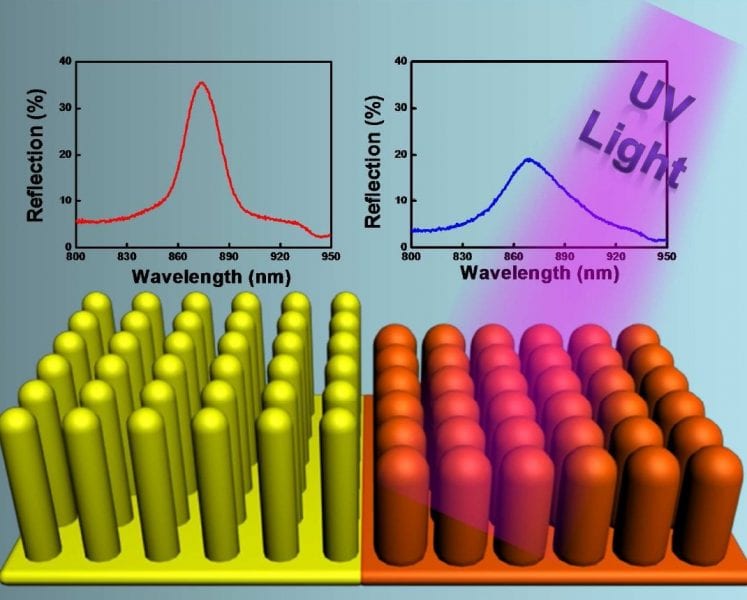 Crosslinked liquid crystalline polymers (CLCPs) exhibit unique properties such as elasticity, anisotropy, stimuli-responsiveness, and molecular cooperation effects. Accompanied by the cooperative effect of LC molecules and the strong correlation between the conformation of polymer chains and the alignment of mesogens, CLCP films exhibit anisotropic contraction when heated to the LC-isotropic thermal phase transition. By incorporating azobenzene groups into the CLCPs, large deformations such as contraction and bending can be induced by light due to the photoisomerization of the azobenzene chromophores. Using this strategy, light-driven microdevices can be fabricated from azobenzene containing CLCPs.
Crosslinked liquid crystalline polymers (CLCPs) exhibit unique properties such as elasticity, anisotropy, stimuli-responsiveness, and molecular cooperation effects. Accompanied by the cooperative effect of LC molecules and the strong correlation between the conformation of polymer chains and the alignment of mesogens, CLCP films exhibit anisotropic contraction when heated to the LC-isotropic thermal phase transition. By incorporating azobenzene groups into the CLCPs, large deformations such as contraction and bending can be induced by light due to the photoisomerization of the azobenzene chromophores. Using this strategy, light-driven microdevices can be fabricated from azobenzene containing CLCPs.
The group of Yanlei Yu (Fudan University, Shanghai, China) now reports the fabrication and light-switchable behavior of a novel micro-array consisting of azobenzene containing CLCPs. In accordance with the deformation of the CLCP pillars induced by the photoisomerization of the azobenzene groups, the CLCP micro-array showed switchable behavior on the reflection spectra by alternate irradiation of UV and visible light mainly caused by the change in the order of the micro-array. This is the first time that CLCPs are used to fabricate micro-arrays with a period of about 1 mm and to manipulate switchable behavior on the reflection spectra of the CLCP micro-array by light. The on-off change time could be tuned by the intensity of the incident light and the reflection peak of the micro-array showed an acceptable reversibility, indicating that the on-off behavior was reversible.
The CLCP micro-arrays can potentially be applied as micro-sensors and actuators such as attenuators simply by adjusting the wavelength of the light, whose transforming time can be manipulated by the light intensity.

















